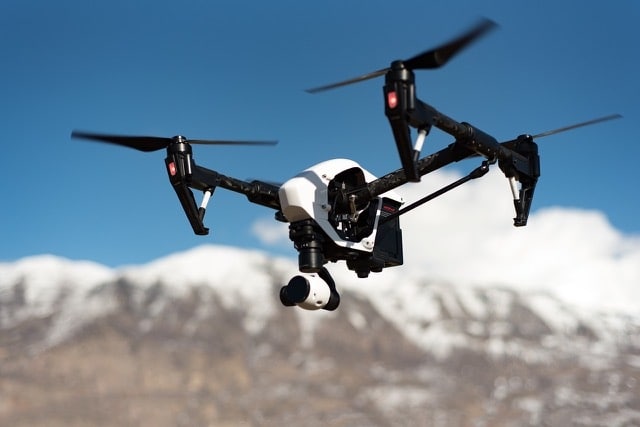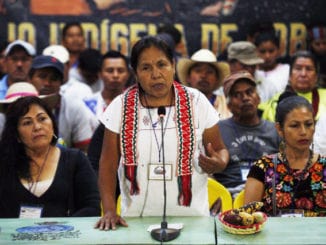
By Christian Scheinpflug
Beginning this week, Santiago’s upscale suburb of Las Condes will be an even better place for Big Brother fetishists. Various media report that the newly-created Municipal Aerial Vigilance Brigade (Brigada de Vigilancia Aero Municipal) initiates activities to name and shame transgressors of public order.
At the behest of Las Condes mayor Joaquín Lavin the Aearial Vigilance Brigade will operate drones, equipped with high-resolution cameras and loudspeakers. In a video Mr. Lavín released last week on Twitter he can be seen bellowing orders and threats into a walkie-talkie to demonstrate the functioning of ‘speaking drone.’
Intense surveillance is nothing new in Santiago, where CCTV footage of crimes, harvested from thousands of cameras, sustains the news cycle. The flush communities of Lo Barnechea and Las Condes broke new ground last year when they put into operation surveillance balloons produced in Israel, where they were developed to monitor the desert.
READ MORE : Santiago under Surveillance
Although Chileans’s concerns about crime supersede generally concerns over privacy, these balloons have caused some controversy, because operates are able to visually invade private spaces like apartments of backyards. Still, the Supreme Court has ruled their use as lawful, which certainly accelerated the introduction of massive surveillance technology.
Earlier this year, the suburb of Providencia already announced the use of surveillance drones, though ‘voiceless’ ones, against street vending and crime. Back then Providencia’s mayor, Evelyn Matthei, explicitly stated the drones were meant to change behaviour by subjecting individuals to a feeling of being under permanent surveillance.
As authorities prefer technology instead of policy to deal with crime, and the mayors outdo each other in acquiring the most invasive technologies, it seems only a matter of time until every move everywhere in Chile is being recorded under the premise of security – and everyone becomes a suspect.
The views expressed by this writer and commenters below do not necessarily reflect the views and policies of the Santiago Times.



